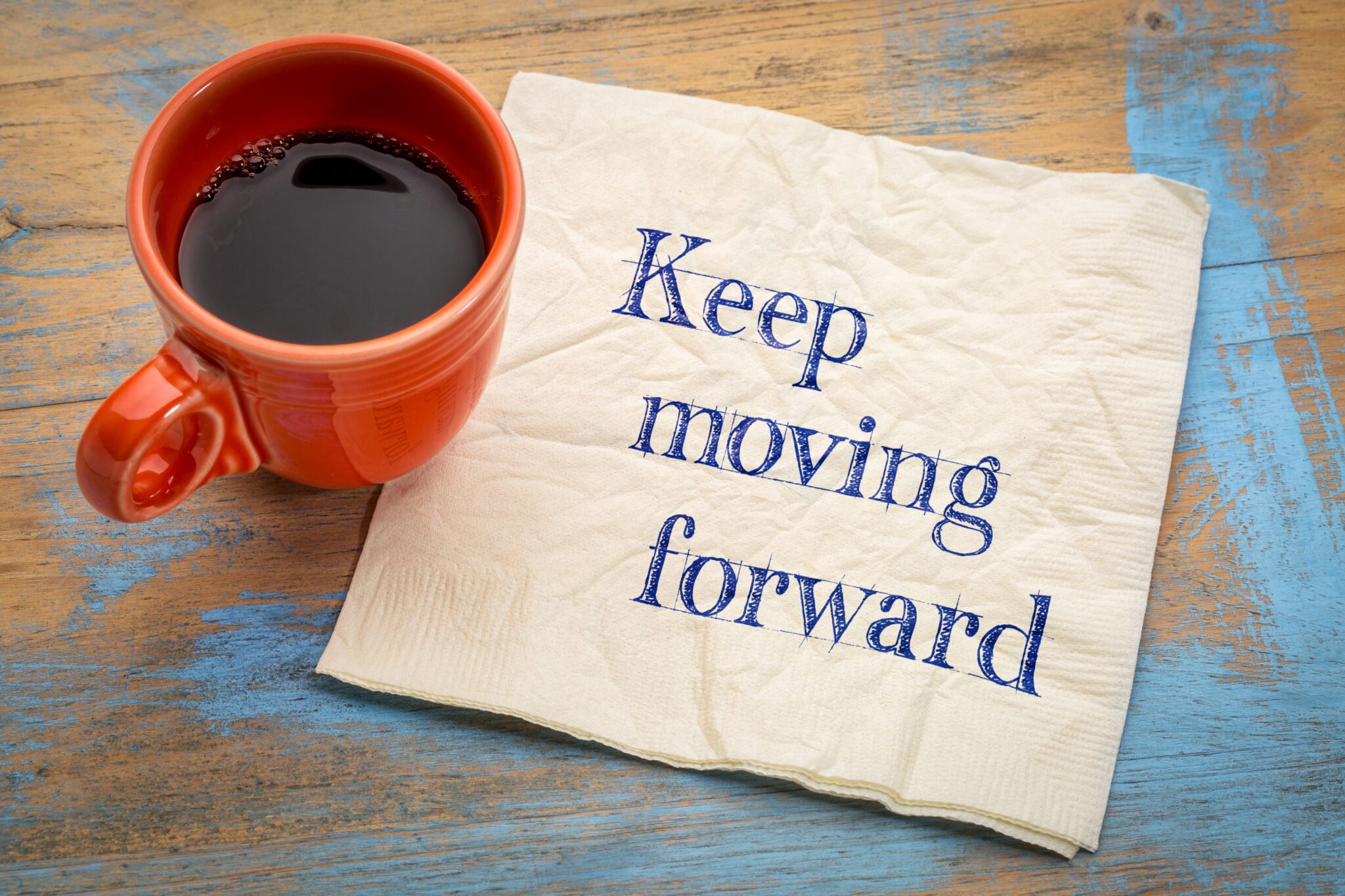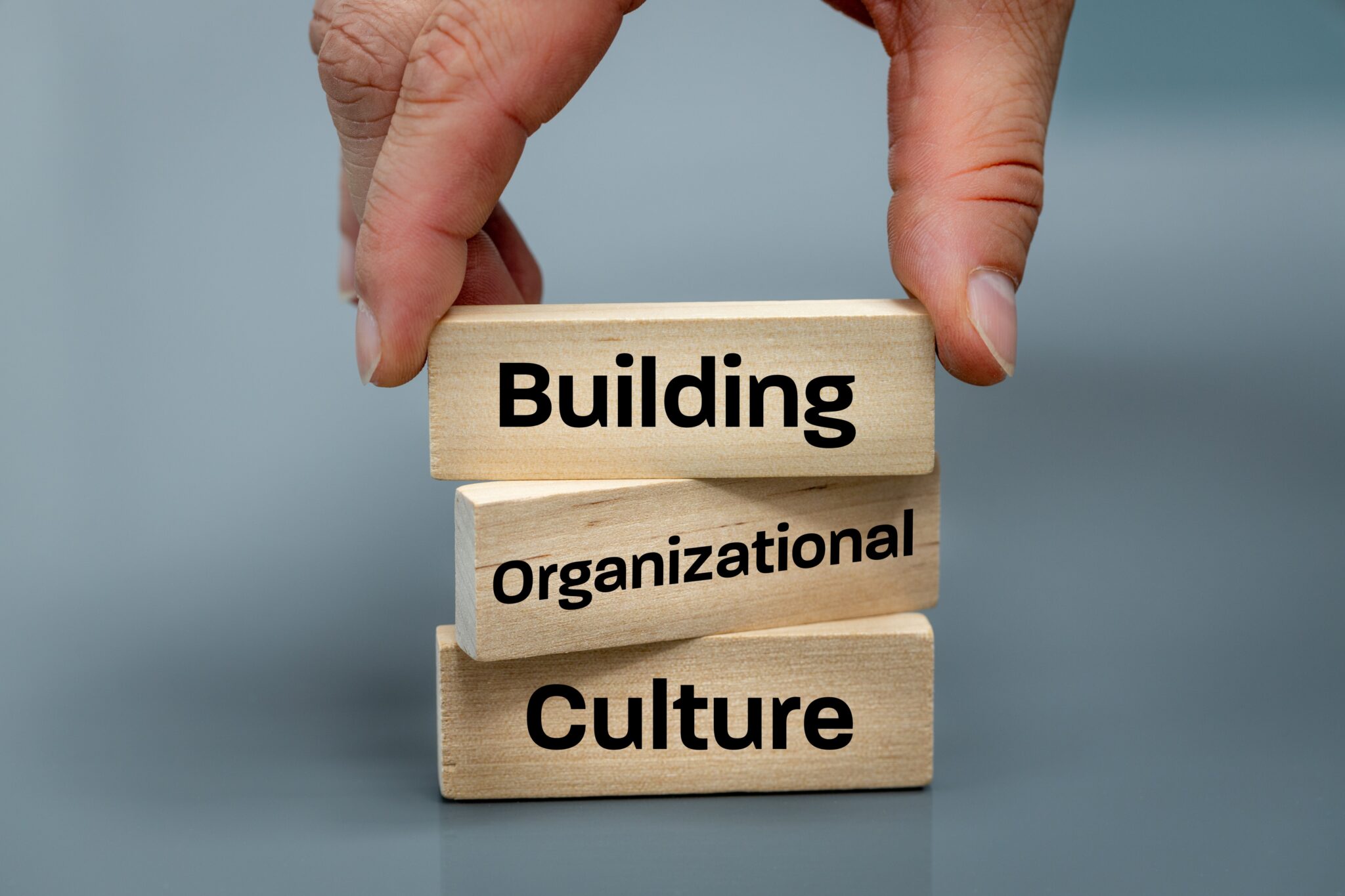“The roads of the world are paved with squirrels that couldn’t decide.”
That is a quote a fellow EOS® Implementer shared at our quarterly gathering in Detroit in February. It paints a very clear mental picture, doesn’t it? The ability to make a decision is one of the characteristics of all great leaders. Some people are great at making decisions; others find it challenging. Decisions exist on two levels – intellectually and emotionally.
Our intellect tells us we “should” do something — expand our business, resolve that personnel issue, refine our marketing plan, work fewer hours, reduce overhead. Until we understand the emotional side of making a decision, we will never have the gut feeling that something “must” change. Once we understand the necessity of changing “shoulds” into “musts”, then we can take the necessary steps to decide. The emotional level becomes the pivotal point where we gain leverage.
Making decisions requires us to be brave. And if we know our organization’s Core Values, Core Focus™, Target Market, and long-range goal, then we have a solid foundation that supports our bravery.
Making decisions also requires we not manage by consensus. Using the “majority rules” approach to decision making will ultimately result in making the wrong decision. Why? Because voting doesn’t get to the heart of the issue at hand. Voting lets us off the hook and moves us to the easy solution.
Leadership teams often talk about how painful it is to make a decision. They worry about hurting someone’s feelings, or making a mistake, or increasing their workload once a decision is made.
My recommendation is to think about the amount of pain and suffering you are enduring by not making a decision, as well as the stress your employees may be feeling. You and/or your team have been miserable for days, months and, perhaps, even years because you avoided making a decision you knew was necessary.
However, once the decision is made and implemented, a sense of calm settles in. Life becomes a little easier, oftentimes leadership executes better, and everyone is thankful a decision was made.
Are squirrels littering the “roads” in your organization? If so, I invite you to download chapter 1 of Traction . Traction was written by EOS® founder, Gino Wickman, and the book clearly describes the EOS® process, the Six Key Components™ and how you can lead your company to the success you’ve always wanted.
EOS® is an easy-to-understand process, but is difficult to implement on your own. As an EOS® Implementer, and objective guide, I can help you through the process, encourage you to make those tough decisions, and hold you and your team accountable for your commitments. It’s a partnership that lasts until you feel you have successfully integrated the process into your company.
If you are interested in learning more about EOS®, please fill out the consultation form below to request a 15-minute phone call with me. There is no pressure or obligation to move forward after our call. Together we’ll determine if EOS® is what you need to clear your organization’s roads of those indecisive squirrels.





